Growing Your Food from Seed: All You Need To Know
This post may contain affiliate links which might earn us money. Please read my Disclosure and Privacy policies hereGrowing Your Food from Seed: What You Need to Know
With a push for local and organic food, don’t be surprised to find more people growing their food from their backyards.
In a sense, the days of farming and gardening are coming back in full swing, and you can hop on board, whether you’re a seasoned gardening veteran or newbie.
And there’s good reason to; according to a New Gardens study, homegrown produce, specifically tomatoes, had a higher concentration of antioxidants, natural sugars, and phenols than their mass-market cousins.
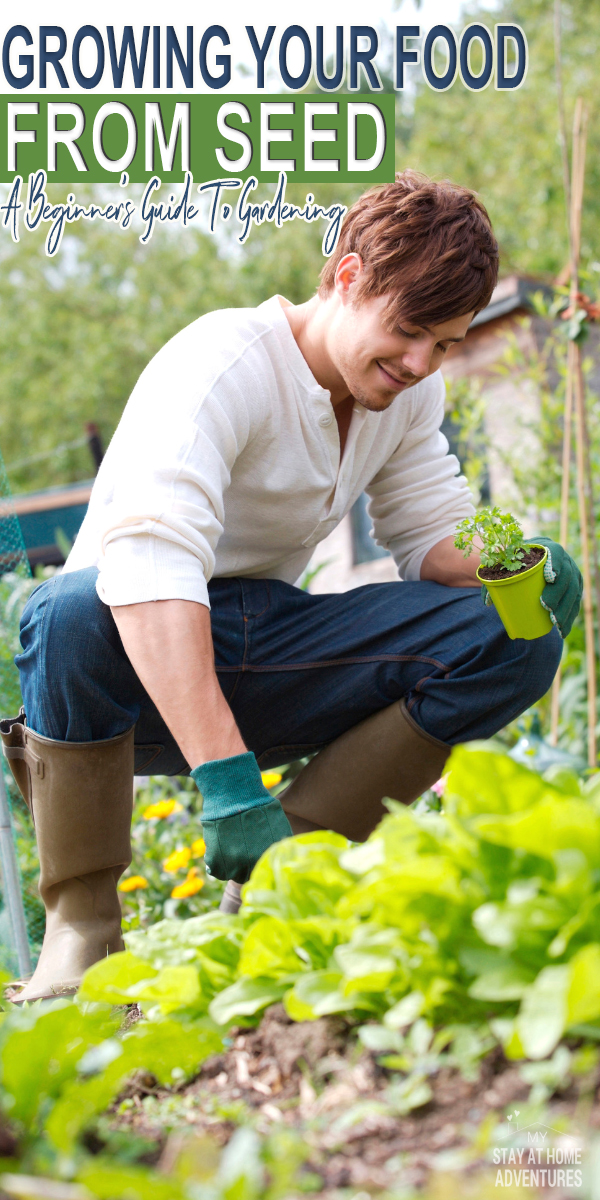
So, gardening can not only be a great way to mindfully meditate but get healthier produce on the table.
Plus, growing food from seed can be an invaluable, hands-on opportunity to teach kids about nutrition, health, and the environment.
That and it gets them off the couch and in the sunshine and fresh air.
However, not knowing what seeds to buy much less how to grow them can seem daunting, especially if you’ve never gardened before.
What do you need to start your home garden? What should you do to help it succeed?
Read on to find out several practical and beginner-friendly gardening tips to grow your produce from seed and get it on the dinner table.
Growing Your Food from Seed: What You Need to Know
If you are a beginner gardener you are going to learn the following:
- 3 important gardening misconceptions beginning and seasoned gardeners need to be aware of
- 3 useful gardening basics to get your garden started and help grow your food from seed
- 1 surprising plant tip you probably haven’t heard of that could actually have an impact on your garden
Getting Some Misconceptions Straight
Before we begin, you need to know three common gardening misconceptions that can hamper produce success: plant aesthetics and watering times.
1. How a Plant Looks Does Not Determine How Nutritious It Is
Did you know that produce comes in all different shapes and sizes — and yes, some don’t have that typical market shine? However, that does not mean they're any less nutritious just because they’re off the shelf.
Actually, as Daily Mail states, some home-grown tomatoes and other home-grown produce, in general, are not as “beautiful” as store-bought produce, but they probably are richer in nutrients.
The reason? Daily Mail indicates that store-bought tomatoes often are (artificially) ripened earlier — plus, are exposed to chemicals — that reduces the number of nutrients they have. The end result? Even though your home-grown produce may be small or “oddly sized,” they probably are healthier.
2. Don’t Just Water Your Garden at Any Time
Beginning and seasoned gardeners may also assume they can water their seeds at any time of the day. Unfortunately, this belief impacts growth, and may even lead to mold or other (unwanted) gardening mishaps.
A good rule of thumb is not watering plants or seeds during the evening, as the cooler temperature and little to no sunlight allows water to sit longer and soil to remain damp, which encourages mold growth.
And, yes, some plants and seeds can tolerate (and may even prefer) these conditions, but still watering in the evening or night is a no. What we recommend instead is to water during the day when the sun is out—better yet, do your research so you know the ideal watering time for your plants and produce.
Related posts:
- How to Grow Tomatoes from Seed (A Beginner Gardener Guide)
- 6 Indoor Gardening Mistakes Beginners Should Avoid
- Gardening on a Budget: 12 Tips You Must Follow To Save Money
3. The More Water Your Garden Gets, the Better
Like we said with watering your garden in the evening (or night), dousing your garden in water generally is a big do not.
While you’d think it would make sense that the more water (or fertilizer) your lovely plants and seeds get, the better off they are, for some, it’s actually the opposite (which is all the more reason to read the information and instructions on the back of seed packages and do some research).
Actually, plants like Hosta don’t require much watering (or attention). And vegetables and fruits such as beans and cantaloupe actually can thrive in drought-resistant conditions.
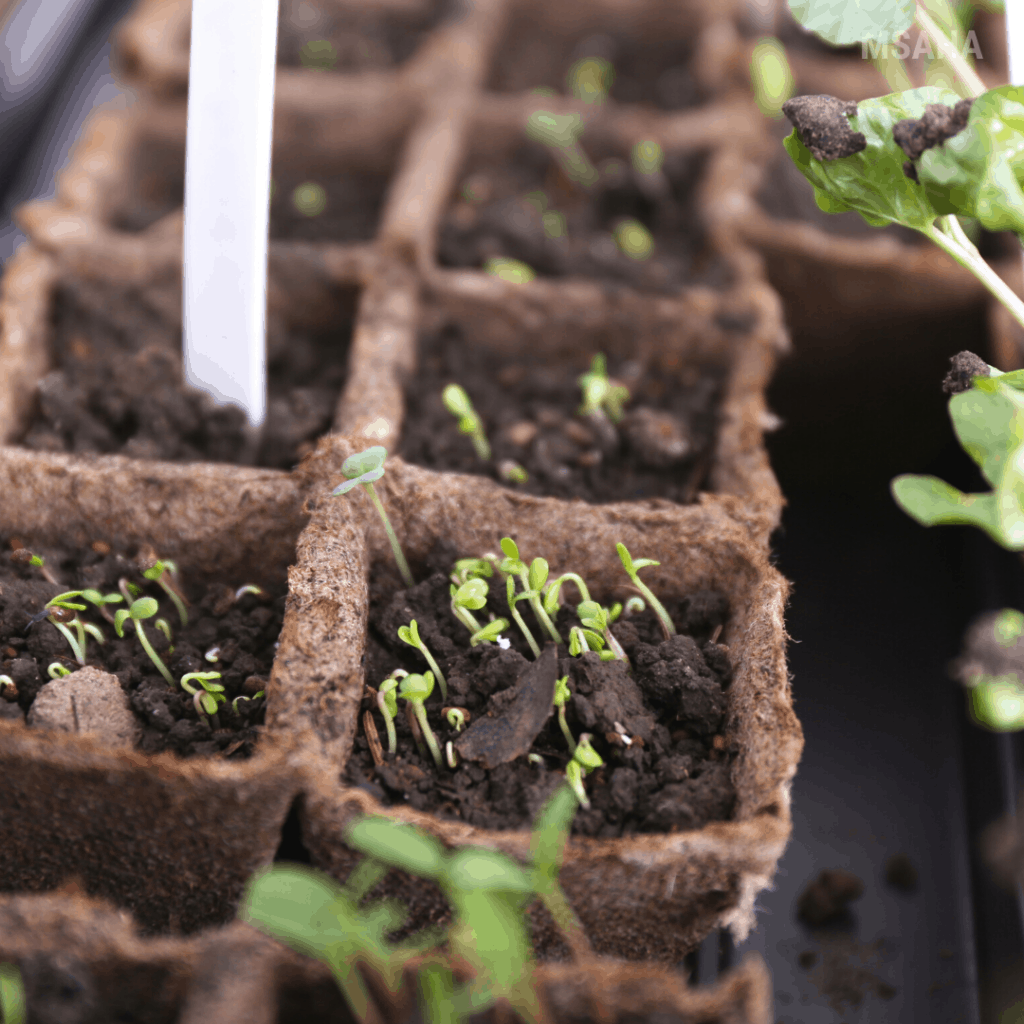
3 Useful Gardening Basics Every Gardener Needs to Know
Below are 3 gardening tips to help your garden thrive!
1. Here Are What Every Seed Needs
According to Greatist, every seed needs soil, water, sun, and nutrients — we’re talking vitamins P, K, and N, which can be found in the soil or you can apply them by hand to your seeds.
Of course, as we’ve mentioned (and will say again because it’s that important): check the back of seed packages — https://www.myseedneeds.com/collections/blank-seed-envelopes have great information, not to mention non-GMO and heirloom seed options — and do your research. Because the amount of these necessities depends on what you’re planting.
2. Pest-Proof Your Garden
Let’s face it, when there’s food, there’s bound to be pests. Rodents, squirrels, and birds, not to mention insects and bugs will want to take a bite from your garden. While bees and butterflies can help with the pollination process (according to the BBC, roughly a whopping one-third of our food needs pollination), harmful pests like whiteflies can cause damage.
To keep your plants safe and successfully help seeds grow and ripen into delicious produce, pest-proof your garden. You can do this by putting up chicken wire around and, if need be, on top of your garden to prevent rodents and other critters from digging into your crops.
Related posts:
- How to Landscape Your Front Yard: 7 Tips To Help You!
- Build a Butterfly or Hummingbird Garden at Home
- 5 Beginner Gardener Mistakes To Avoid This Season
If you’re dealing with an out-of-control ant population, Tower Garden recommends to set out small trays that contain artificial sweeteners or a mixture of sugar and boric acid (side note: while more natural than your typical pesticide, boric acid can be toxic to ingest — keep children and furry friends away from the garden when using the boric-acid-sugar mix).
When in doubt, cayenne pepper works as a great pesticide alternative. Also, installing a fake owl or other predators can scare off birds who may want to nibble your food.
3. Make Do With the Gardening Space That You’ve Got
Did you know that you need about 200 feet of space to grow enough food to feed one person? While most of us don’t have that kind of space to feed our friends and families (it comes out to about 4,000 feet to feed one person for an entire year), we can make do with what we’ve got.
For urbanites (and even suburban dwellers), plant citrus in terracotta pots. If you're short on horizontal space, why not expand your garden vertically? A privacy wall that houses plants is a great location for home-grown herbs.
This Surprising Tip Could Help Your Garden Thrive…
Some studies suggest that seeds germinate quicker when exposed to music. (In fact, one 2016 experiment concluded that young chili plants could sense the identity and presence of other plants nearby, most likely due to vibration — which could also play into using music as a positive gardening tool).
This is one reason why some garden experts vow singing to your plants can make a difference. At the same time, know that the science community is still out on this one. But it doesn’t hurt to turn on that Bach. Have any more unusual gardening tips to share? Find this information helpful? Leave a comment below.

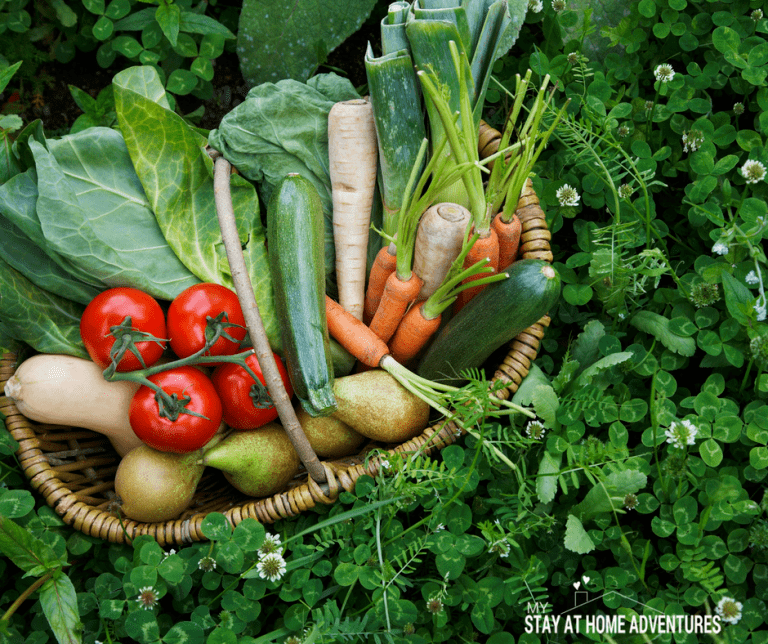
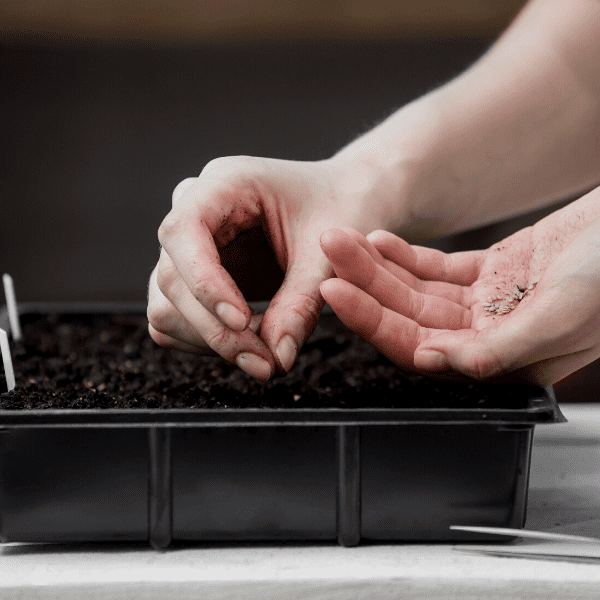
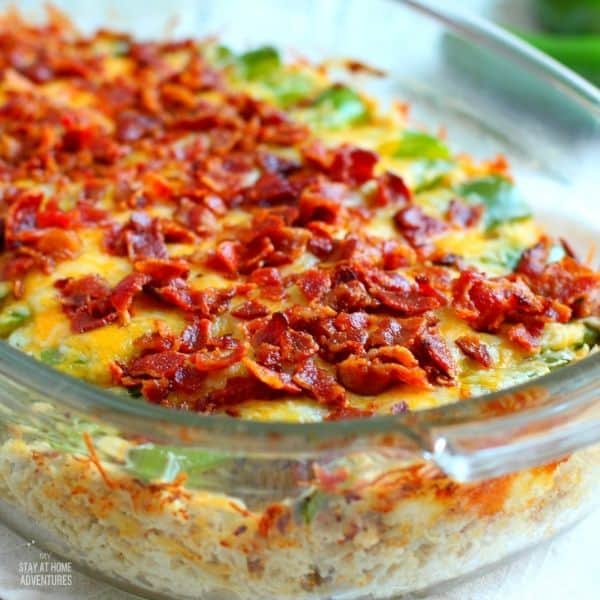

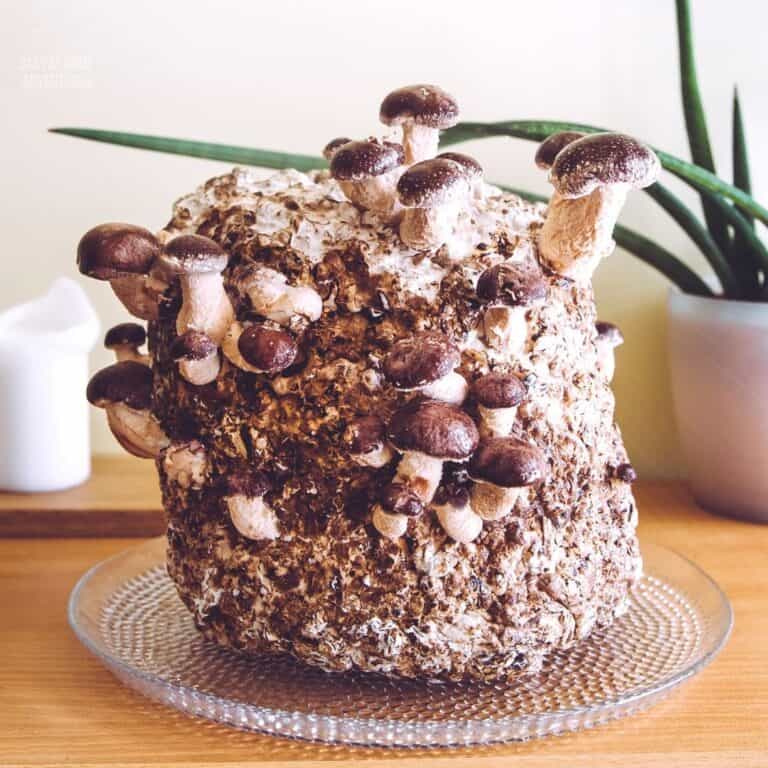
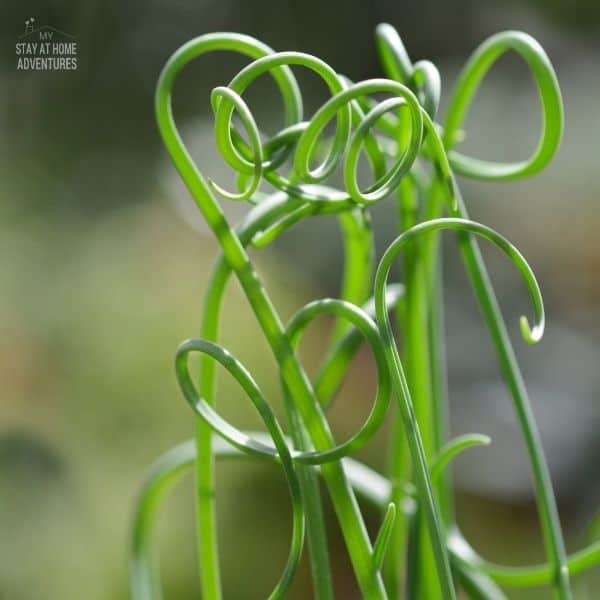
I trust the information and having these seeds will be extremely valuable later on. These organizations won’t stop or change anything while their is as yet a dollar to be influenced they and the universes governments to don’t take activities to stay away from disasters. They just respond and spend doltish cash, time assets on truth discovering boards of trustees to discover what occurred.